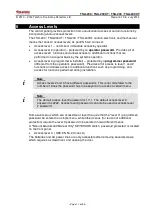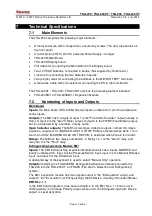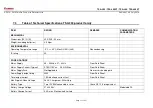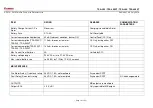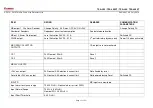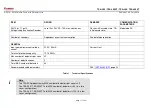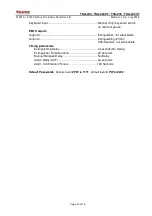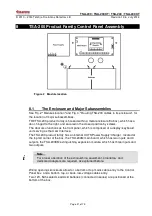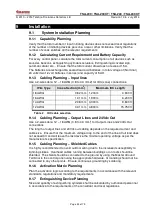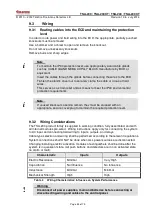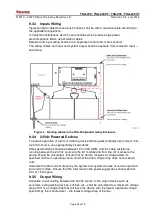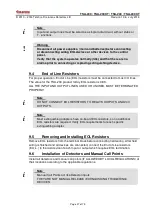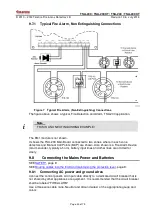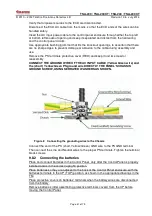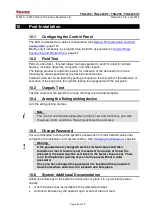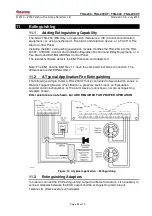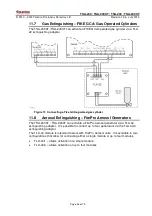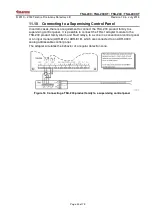
TSA-200 / TSA-200XT / TSA-240 / TSA-240XT
© 2010 –
2014 Telefire Fire & Gas Detectors Ltd
Revision 1.06 July 2014
Page 25 of 79
9.3
Wiring
9.3.1 Routing cables into the ECD and maintaining the protection
level
In order to route power and field wiring into the ECD, the appropriate, partially punched
knockouts must be removed.
Use a hammer and a chisel to open and remove the knockout.
Do not remove unnecessary knockouts
Remove burrs and sharp edges.
i
Note
To maintain the IP30 protection level, use appropriately sized cable glands
such as CABLE GLAND NEMA 4X PG-7 BLACK manufacture by BUD, or
equivalent.
Insert the cables through the glands before connecting the wires to the ECD.
Tighten the gland's cover nut to securely clamp the cable or group of field
wires.
This serves as a strain relief and as means to meet the IP30 environmental
protection requirements.
i
Note
If unused knockouts opening remain, they must be plugged with an
appropriate, secure cover/plug to maintain the required protection level.
9.3.2 Wiring Considerations
The TSA-200 product family is supplied in working condition, fully assembled, and with
all internal modules pre-wired. Wiring instructions apply only for connecting the system
to AC input and connecting field wiring to inputs, outputs, and relays.
Cable type selection and wiring shall be performed according to the relevant regulations.
System connections shall ONLY be done when ALL power sources are disconnected.
Changing/installing electric activation modules of extinguishers shall be done after the
system is in quiescent state. (All push buttons and detectors are in non activated state,
no alarm or fault).
Characteristic
Inputs
Outputs
Electric Resistance
Minimal
Very High
Capacitance
No Influence
No Influence
Inductance
Minimal
Minimal
Mechanical Strength
High
High
Table 3
Wiring Characteristics’ influence on System Performance
!
Warning
Disconnect all power supplies, main and batteries before connecting or
disconnecting wiring and cables to the control panel.

